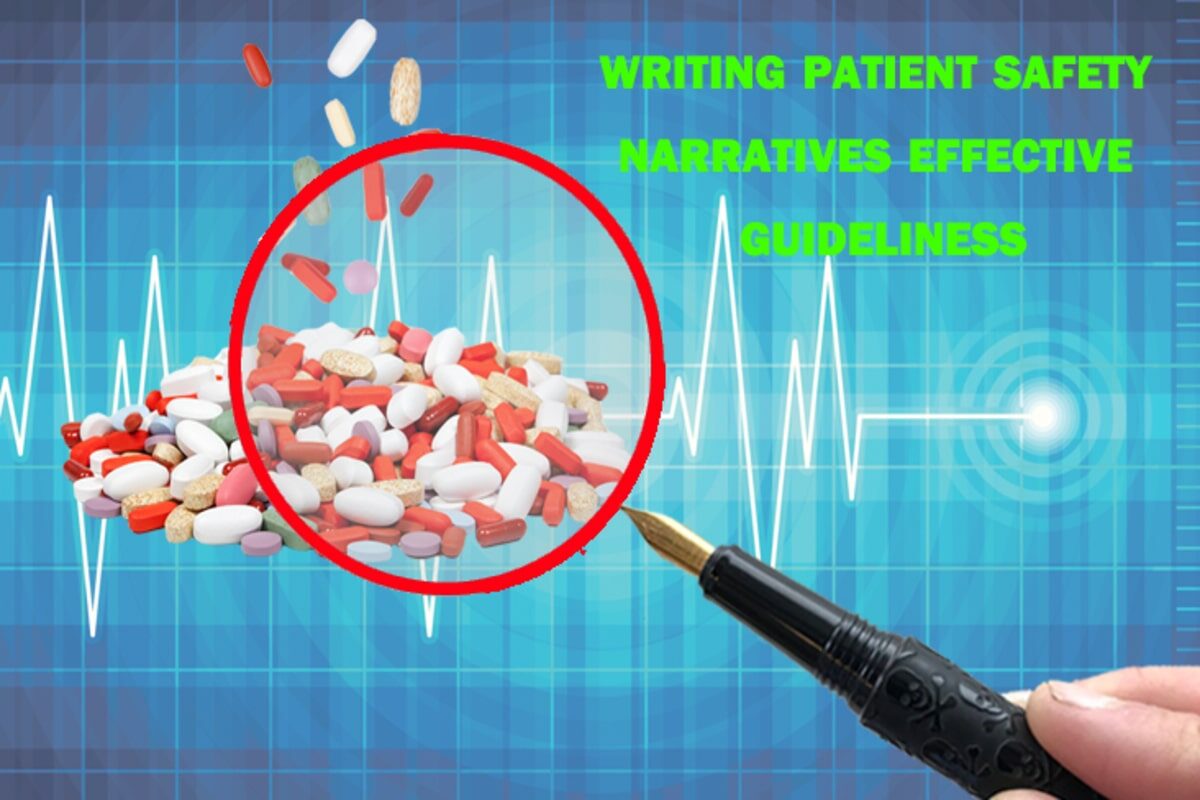Introduction
SANRA is a tool for improving the quality of narrative articles. The tool was developed in 2010 and has been revised to make it simpler. The tool allows the editor to judge the quality of the manuscript and the readers to identify the relevance. It should be incorporated while authoring the narrative review articles.
Narrative Review Articles
Narrative reviews form an important part of medical literature. In medical literature, narrative reviews have the largest share of text. There are two types of literature reviews, i.e. systematic reviews and narrative or non-systematic reviews. While various guidelines have been proposed for systematic reviews, there are no standard guidelines for non-systematic or narrative reviews. The absence of these guidelines poses a question mark on the validity and authenticity of narrative reviews. However, narrative reviews are considered to be important when it comes to influencing the doctors in research as well as in clinical practice. The narrative reviews identify and summarize the already published articles in a particular research arena.
Advantages of Narrative Review Articles
There are various advantages of narrative review literature, especially in medical research. Following are some of the advantages:
Comprehensiveness: Narrative reviews provide more detailed and comprehensive information about a particular topic. They also include the debate and current lack of knowledge.
Avoid duplication: By including several primary studies, the narrative reviews avoid duplication of studies performed.
Guide future research: As they provide information about the lack of knowledge in a particular area, they act as guiding light for future researches.
New medical intervention: Through the analysis of primary studies, they sometimes propose a new medical intervention.
Assessing Narrative Review Articles: SANRA
Although narrative review articles or non-systematic reviews play an important role in the dissemination of medical information, they are generally considered as non-authentic and unreliable. This is probably the reason that the non-systematic reviews are placed lower in the hierarchy of evidence-based medicine relative to systematic reviews.
The systematic review articles are critically analyzed based on various tools. These analyses significantly improve the quality of systematic reviews. The tools for assessing systematic reviews include AMSTAR 2 which is a measurement tool for assessment. Thus, there is a need for developing a tool for assessing non-systematic review articles that helps to improve the quality of narrative reviews at all levels.
To fill this gap in the field of the review article, Christopher Baethge, Sandra Goldbeck-Wood, and Stephan Mertens developed SANRA, Scale for the Assessment of Narrative Review Articles. The main aim of developing SANRA was to help the editors to determine the quality of narrative reviews, the readers to evaluate what quality of review they are reading, and to improve the authors in writing the narrative review.
The seven-item version was quite satisfactory in testing the quality of narrative reviews. It was concluded that the seven-item version of SANRA ticked the boxes in terms of internal consistency and reliability.
The scale was then revised into a 6-item version. Each item has a score from 0 to 2, 0 being the low standard while 2 is a high standard score. 1 is considered as the intermediate score. The maximum score a narrative review can achieve can be 12. The 6 items that form the part of SANRA are:
- Important to readers: This item determines whether a proper justification is given to prove the importance of narrative reviews to readers. If the importance is not at all justified then a 0 score is given.
- Aims of the narrative reviews: If the aims of the review or questions are formulated concretely, scores are given to the article.
- Comprehensive literature search description: If the search strategy is not provided in the article, a 0 score is given. The maximum score, i.e. 2, is given when the author includes the inclusion criteria and search strategy along with a comprehensive description of the literature search.
- Referencing: If the key statements in the review are included without any appropriate references, the score given is 0, while for key statements with references, score 2 is allotted.
- Scientific reasoning: Scientific reasoning is an important part of the narrative review. Without reasoning, the readers may not have any interest in the article and may question reliability and authenticity. If there is no scientific evidence, the score allotted is 0, while 1 is given in case of incomplete evidence.
- Appropriate presentation of data: The author should present the data completely and in the most appropriate manner. It may include the confidence intervals, absolute and relative risk, and data that help in analyzing the outcome.
A field testing was carried out to determine the internal consistency, item-total correlation, feasibility, validity, and reliability. All the three developers of SANRA rated the 30 manuscripts without systematic literature searches. These manuscripts were submitted to Deutsches Ärzteblatt in 2015. These ratings were given blindly and independently of each other. The SANRA should be incorporated while authoring and reviewing the narrative reviews, which are widespread in the medical literature. It will help in improving the quality of the article.
REFERENCE
Baethge C, Goldbeck-Wood S, Mertens S. SANRA-a scale for the quality assessment of narrative review articles. Res Integr Peer Rev 2019; 4: 5
Bastian H, Glasziou P, Chalmers I. Seventy-five trials and eleven systematic reviews a day: how will we ever keep up? PLoS Med. 2010;7(9):e1000326.



